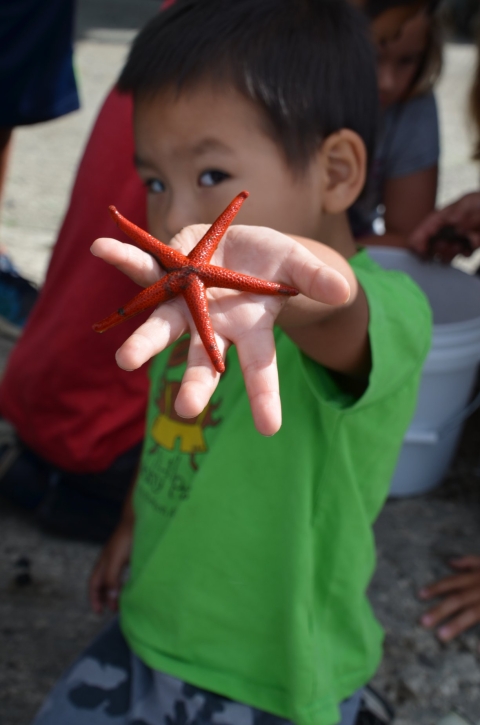About Us
Much of the Alaska Maritime National Wildlife Refuge has been conserved for over a century, and we share stewardship with Alaska Native people. Development of sophisticated tools and the abundance of coastal and marine wildlife have made it possible for people to thrive here for thousands of years. The refuge stretches across the traditional homelands of the Unangax̂ people in the Aleutian and Pribilof Islands, as well as smaller parcels on the homelands of Alutiiq/Sugpiak, Yup’ik/Cup’ik, Iñupiat, Dena'ina, Tlingit, Haida, and Eyak peoples.
Most of the refuge is federally designated Wilderness Area. Learn more.
Our Mission
We conserve, protect, and restore the diverse lands, waters, wildlife, and cultural resources of the Refuge through excellence in education, outreach, and a program of scientific research on marine resources.
Our vision for the refuge is a viable, abundant, and resilient community of marine life which scientists, tribes, and the public are actively engaged to conserve.
Refuge Purposes
- Conserve the refuge’s animal populations and habitats in their natural diversity . . .including, but not limited to, marine mammals, marine birds and other migratory birds, the marine resources upon which they rely, bears, caribou, and other animals.
- Fulfill international treaty obligations of the United States relating to fish and wildlife and their habitats.
- Provide opportunities for continued subsistence uses by local residents (in a manner consistent with purposes number 1 and 2).
- Conduct national and international scientific research on marine resources (in a manner consistent with purposes number 1 and 2).
- Ensure water quality and quantity within the refuge (to the maximum extent practicable and in a manner consistent with purpose number 1).
Our History
The Alaska National Interest Lands Conservation Act (ANILCA) of 1980 combined 11 previously established refuges with additional lands to form the Alaska Maritime National Wildlife Refuge. The Alaska Maritime National Wildlife Refuge was given its current name and extensive acreage in 1980, but its origins date back beyond the time of President Teddy Roosevelt and the beginnings of the National Wildlife Refuge System in the early 1900s to the establishment of protected areas in Alaska by presidents Grant and Harrison.




